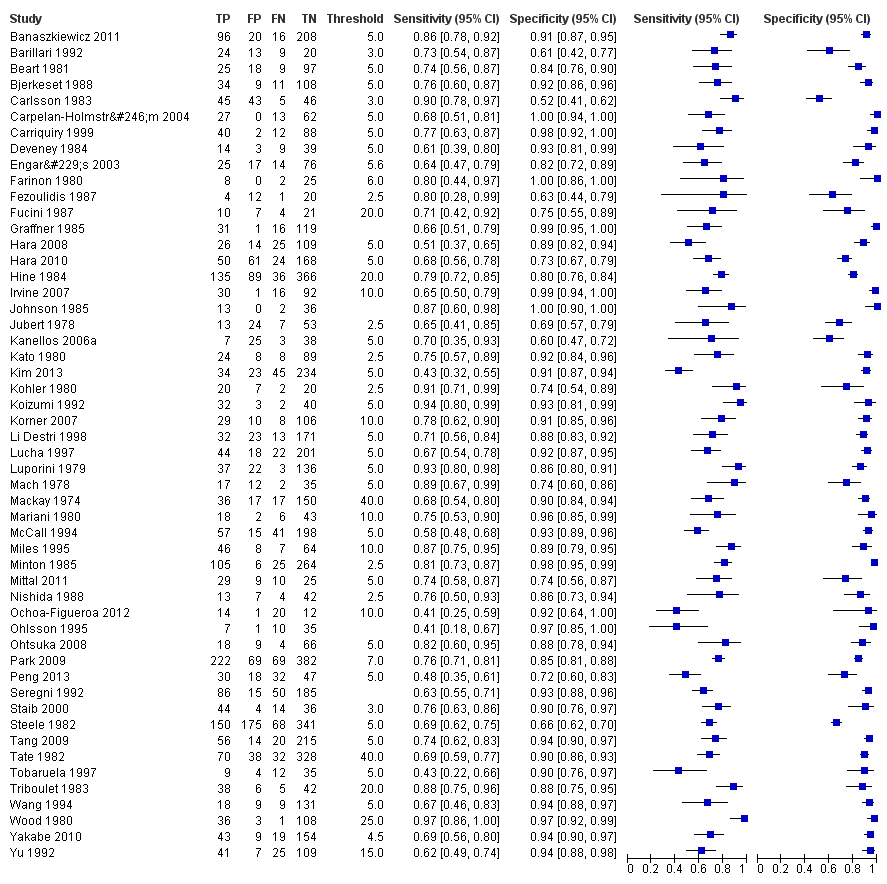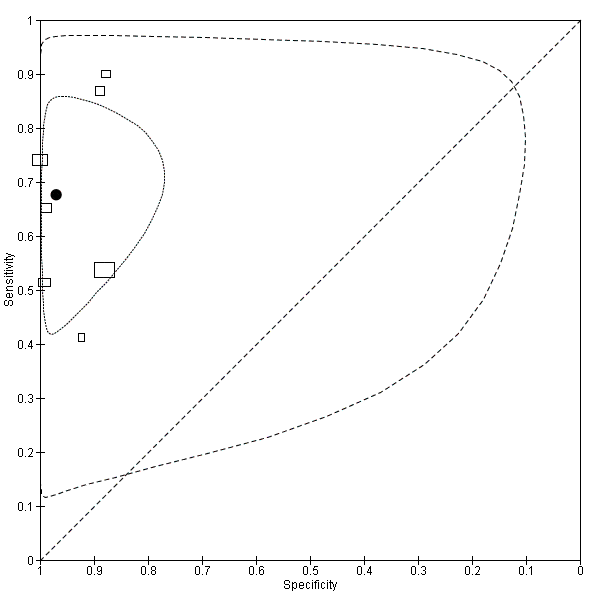Contenido relacionado
Revisiones y protocolos relacionados
Esmée J Grobbeea, Pieter HA Wissea, Eline H Schreuders, Aafke van Roon, Leonie van Dam, Ann G Zauber, Iris Lansdorp-Vogelaar, Wichor Bramer, Sarah Berhane, Jonathan J Deeks, Ewout W Steyerberg, Monique E van Leerdam, Manon CW Spaander, Ernst J Kuipers | 6 junio 2022
Yibo Yao, Tao Suo, Roland Andersson, Yongqing Cao, Chen Wang, Jingen Lu, Evelyne Chui | 8 enero 2017
Antonino Amato, Mario Pescatori | 25 enero 2006
Mark Jeffery, Brigid E Hickey, Phillip N Hider | 4 septiembre 2019
Richard L Nelson, Sally Freels | 18 octubre 2006
Laura De Caluwé, Yves Van Nieuwenhove, Wim P Ceelen | 28 febrero 2013
Paul Hewitson, Paul P Glasziou, Les Irwig, Bernie Towler, Eila Watson | 24 enero 2007
Øyvind Holme, Michael Bretthauer, Atle Fretheim, Jan Odgaard‐Jensen, Geir Hoff | 1 octubre 2013
M Ali K Motamedi, Nicole T Mak, Carl J Brown, Manoj J Raval, Ahmer A Karimuddin, Dean Giustini, Paul Terry Phang | 13 junio 2023
Kathryn McCarthy, Katherine Pearson, Rachel Fulton, Jonathan Hewitt | 12 diciembre 2012














